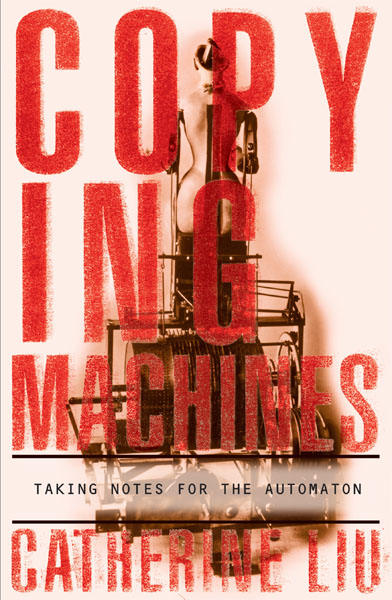Renzo Dubbini: Geography of the Gaze: Urban and Rural Vision in Early Modern Europe (1994/2002)
Filed under book | Tags: · 1600s, 1700s, 1800s, architecture, art history, cartography, diorama, image, landscape, mapping, panorama, topography, vision

Geography of the Gaze offers a new history and theory of how the way we look at things influences what we see. Focusing on Western Europe from the seventeenth to nineteenth centuries, Renzo Dubbini shows how developments in science, art, mapping, and visual epistemology affected the ways natural and artificial landscapes were perceived and portrayed.
He begins with the idea of the “view,” explaining its role in the invention of landscape painting and in the definition of landscape as a cultural space. Among other topics, Dubbini explores how the descriptive and pictorial techniques used in mariners’ charts, view-oriented atlases, military cartography, and garden design were linked to the proliferation of highly realistic paintings of landscapes and city scenes; how the “picturesque” system for defining and composing landscapes affected not just art but also archaeology and engineering; and how the everchanging modern cityscapes inspired new ways of seeing and representing the urban scene in Impressionist painting, photography, and stereoscopy. A marvelous history of viewing, Geography of the Gaze will interest everyone from scientists to artists.
Originally published as Geografie dello sguardo: Visione e paesaggio in età moderna, Giulio Einaudi, Torino, 1994
Translated by Lydia G. Cochrane
Publisher University of Chicago Press, 2002
ISBN 0226167372, 9780226167374
251 pages
James H. Johnson: Listening in Paris: A Cultural History (1996)
Filed under book | Tags: · 1700s, 1800s, audience, cultural history, france, listening, music, music history, paris, silence, sociology of music, spectatorship

Beginning with the simple question, “Why did audiences grow silent?” Listening in Paris gives a spectator’s-eye view of opera and concert life from the Old Regime to the Romantic era, describing the transformation in musical experience from social event to profound aesthetic encounter. James H. Johnson recreates the experience of audiences during these rich decades with brio and wit. Woven into the narrative is an analysis of the political, musical, and aesthetic factors that produced more engaged listening. Johnson shows the gradual pacification of audiences from loud and unruly listeners to the attentive public we know today.
Drawing from a wide range of sources–novels, memoirs, police files, personal correspondence, newspaper reviews, architectural plans, and the like–Johnson brings the performances to life: the hubbub of eighteenth-century opera, the exuberance of Revolutionary audiences, Napoleon’s musical authoritarianism, the bourgeoisie’s polite consideration. He singles out the music of Gluck, Haydn, Rossini, and Beethoven as especially important in forging new ways of hearing. This book’s theoretical edge will appeal to cultural and intellectual historians in many fields and periods.
Publisher University of California Press, Berkeley/Los Angeles/London, 1996
Volume 21 of Studies on the History of Society and Culture series
ISBN 0520918231, 9780520918238
384 pages
Catherine Liu: Copying Machines: Taking Notes for the Automaton (2000)
Filed under book | Tags: · 1700s, automation, history of literature, literature, machine, media archeology, robotics

Anxieties about fixing the absolute difference between the human being and the mechanical replica, the automaton, are as old as the first appearance of the machine itself. Exploring these anxieties and the efforts they prompted, this book opens a window on one of the most significant, if subtle, ideological battles waged on behalf of the human against the machine since the Enlightenment—one that continues in the wake of technological and conceptual progress today.
A sustained examination of the automaton as early modern machine and as a curious ancestor of the twentieth-century robot, Copying Machines offers extended readings of mechanistic images in the eighteenth century through the prism of twentieth-century commentary. In readings of texts by Lafayette, Molière, Laclos, and La Bruyère—and in a chapter on the eighteenth-century inventor of automatons, Jacques Vaucanson—Catherine Liu provides a fascinating account of ways in which the automaton and the preindustrial machine haunt the imagination of ancien régime France and structure key moments of the canonical literature and criticism of the period.
Publisher University of Minnesota Press, 2000
ISBN 0816635021, 9780816635023
224 pages

